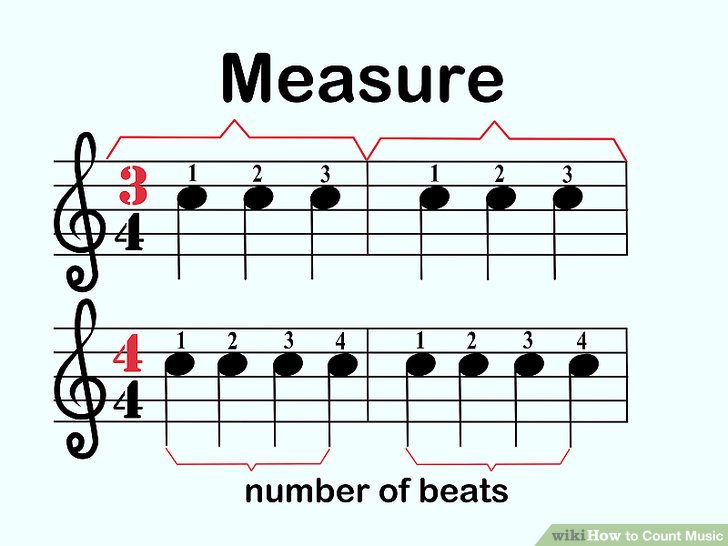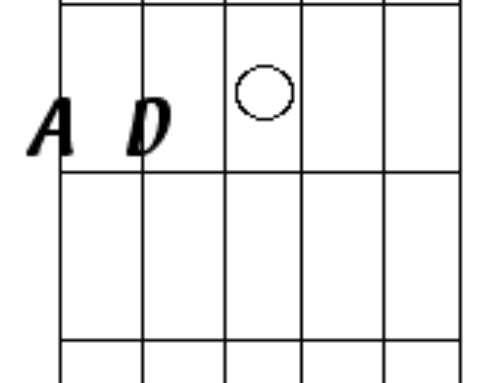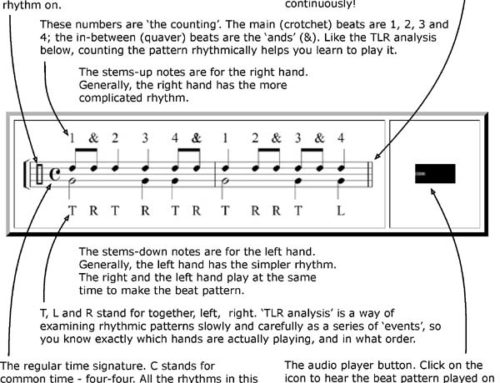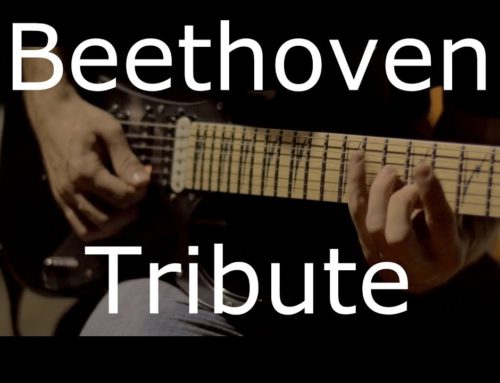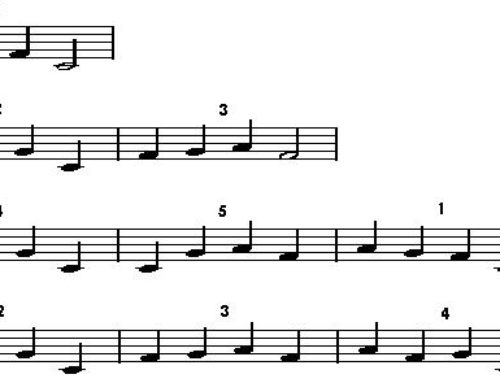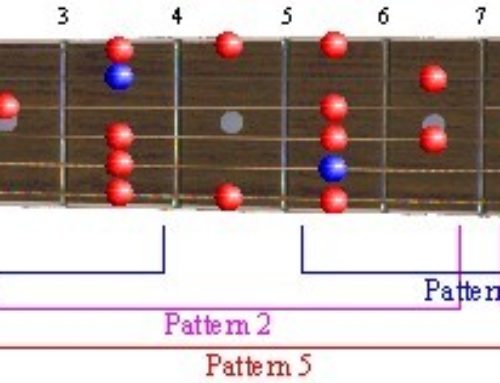Legato, Portato and Staccato – Musical Theory and Intervals
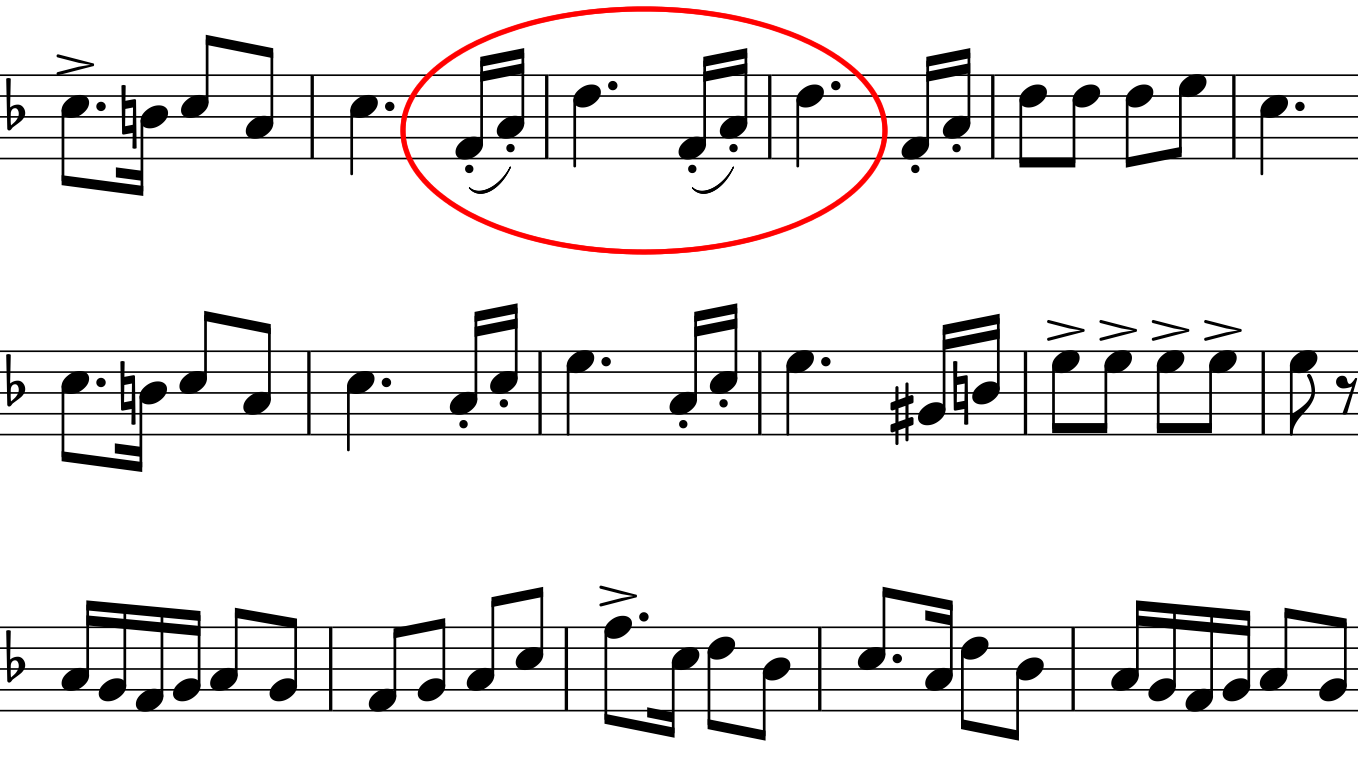
The standard notation indicates legato or legato, or with a skirt (a curved line) under the notes that form a legato set. Legato, detached, is a kind of articulation.
There is an intermediate articulation called either staccato or non-legato (sometimes referred to as the “portato”).
content
Classical instrument instruments Edit
In music for classical strings instruments, legato is an articulation that often refers to records played with a full bow and played with the shortest, often sensitive, silence between notes. The player achieves this through the controlled movements of the hands of bent hands, often masked or expanded with vibrato. Such a legacy style of the game can also be associated with portamento.
Guitar Edit
In the played guitar (other than classical guitar) legato is used as a label for musical articulation and a special application of music factions using left hand to play record-making techniques like glissando, ons and pull-off instead of picking to sound the notes. The fact that the same finger is both the setting of the vibrating string and the placement of the tar yields a more smooth transition between the notes than when one hand is used to mark the pitch while the other strikes the string. The legato technique to provide legacy articulation in electric guitar generally requires close notes and in the same string after the first note being played by the hammer and pull-off.


